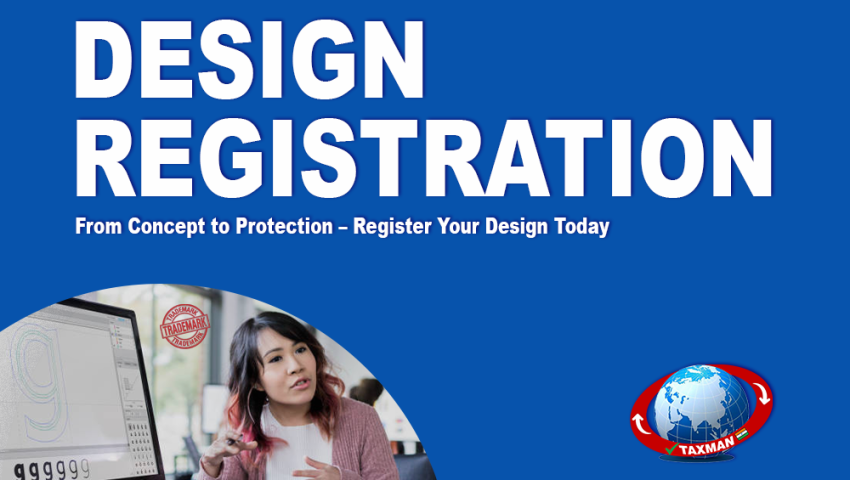
Design Registration: Protecting Your Creative Work with Legal Protection
In this blog, we’ll explore the importance of design registration, how to register a design, and the benefits of securing your creative works legally.
What is Design Registration?
Design registration is the process of legally registering a new and unique visual design with the appropriate intellectual property (IP) office. This process gives the designer or business exclusive rights to the design and prevents others from copying or using it without permission.
A design can be defined as the ornamental or aesthetic aspects of an article, including shapes, patterns, colors, or any combination of these. This applies to various products such as furniture, clothing, packaging, electronic devices, and even websites.
Why is Design Registration Important?
- Legal Protection:
A registered design gives you the exclusive right to use your design and prevent others from copying or imitating it. This is particularly important in highly competitive industries where originality is key to success. - Increase in Brand Value:
A unique design adds value to your products and establishes your brand identity. By registering your design, you are not only protecting your intellectual property but also strengthening your brand. - Monetary Benefits:
Owning a registered design can potentially be a source of income. You can license the design to other companies, sell the design rights, or enter into partnership agreements. - Market Differentiation:
Design registration ensures that your products stand out from competitors, offering an edge in the market. It protects the unique look and feel of your product, ensuring consumers can distinguish it from other offerings. - Prevents Infringement:
Registered designs can be easily defended in a court of law. If someone infringes on your design, you can take legal action to stop them and claim damages. Without registration, protecting your design can be more complicated.
The Process of Design Registration
Step 1: Ensure Your Design is Unique
Before filing for registration, make sure that your design is new and has not been disclosed or used publicly in the past. A design must be original to qualify for registration, meaning it must not resemble any existing designs.
Step 2: Choose the Right IP Office
Design registration is usually handled by the intellectual property office in the country where you want protection. In the United States, this is the U.S. Patent and Trademark Office (USPTO), while in India, it is the Office of the Controller General of Patents, Designs, and Trademarks. Depending on your target market, you may also register designs internationally through the Hague System.
Step 3: Prepare the Design Application
You need to provide specific details about the design in your application, including:
- Title of the design
- A clear representation or image of the design
- A brief description of the design’s features and what makes it unique
- Class of the design (for example, textiles, furniture, etc.)
- Applicant details (name and address of the designer or company)
Ensure the drawings or images you submit are clear, accurate, and detailed to avoid delays or rejections in the application process.
Step 4: Submit the Application
Once your application is ready, submit it to the relevant IP office. The application will be reviewed for compliance with the legal requirements. If it meets the criteria, it will be published for opposition, giving others a chance to challenge the design if they believe it’s not unique or conflicts with existing designs.
Step 5: Examination and Registration
If no objections or oppositions are raised, your design will be officially registered, and you will receive a Design Registration Certificate. The registered design will be protected for a specific period (usually 10 years, with the option to renew in some jurisdictions).
Requirements for Design Registration
To register a design, certain criteria must be met:
- Novelty: The design must be new and not have been previously disclosed or published anywhere in the world.
- Originality: The design must be unique and the product of independent effort, without copying existing designs.
- Visual Appeal: The design should have an aesthetic quality, i.e., it should look attractive or distinctive.
- Industrial Applicability: The design must be applicable to an article and capable of being reproduced or manufactured in an industrial process.
Raushan Kumar
Leave a comment
Your email address will not be published. Required fields are marked *
